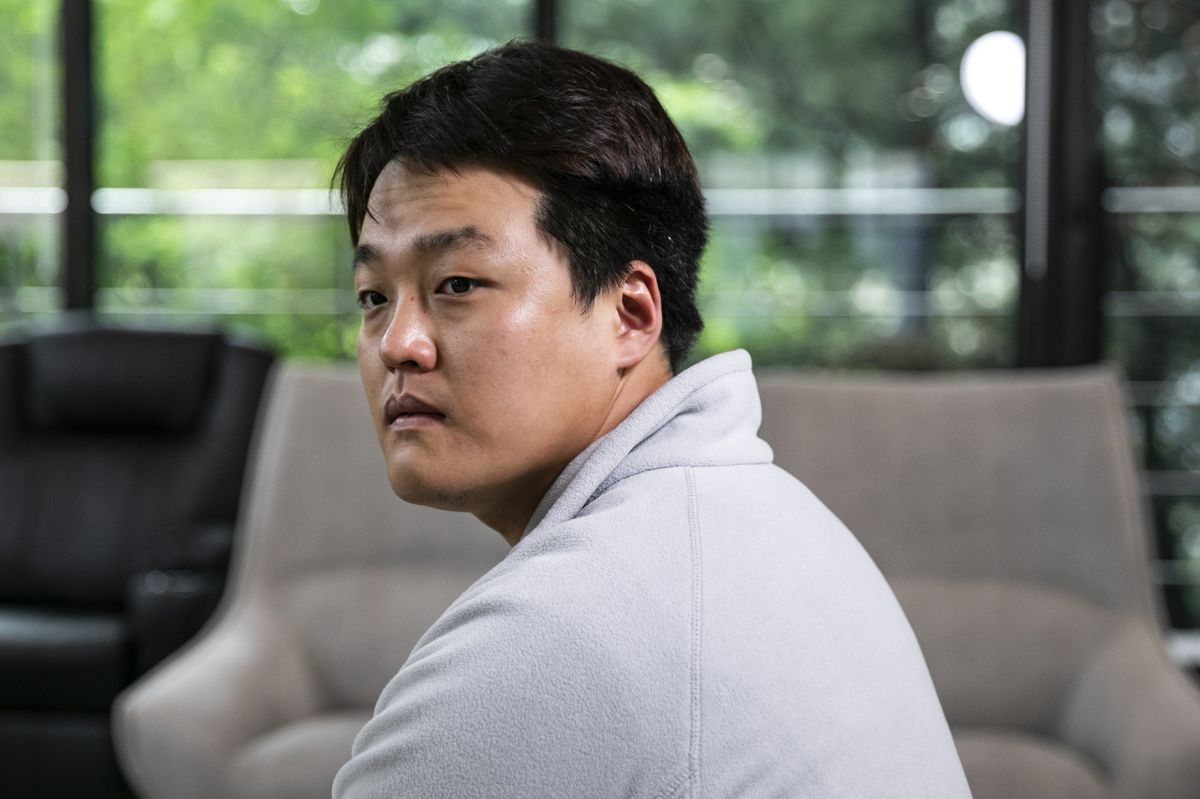At least in Spain, last week we blinked and winter had become summer. Possibly during that blink of an eye spring took place, but the truth is that we did not realize it. For this reason, the beaches are already beginning to fill with people and the public is eagerly demanding that the swimming pools open. It's time to sunbathe and, therefore, we must remember the importance of doing it with caution. Logically, it is important to use sun protection. But also monitor the hours to which we expose ourselves.
What damages the cells of our skin when sunbathing is the ultraviolet radiation (UV), therefore, the hours when this radiation is most intense are the worst. Broadly speaking, in summer this happens between 11:00 and 17:00. But sunbathing at 11:00 a.m. is not the same as sunbathing at 2:00 p.m. And it also depends a lot on the day, since the figures for the intensity of ultraviolet radiation vary from one to another.
In Spain they can be reviewed on the page of the State Meteorological Agency, where a maximum score is assigned for each day. If this is greater than 6, it is already considered a high exposure and if it exceeds 11, it is extremely high. But all this does not mean that we should avoid sunbathing. In fact, it is very necessary for our health, as it helps us obtain vitamin D. Therefore, you have to know how to choose the middle ground.
The best times to sunbathe
There is advice of all kinds about the best ways to sunbathe. In relation to the ideal hours, it is often said that it should only be done when the length of our shadow while standing is higher than us . It makes sense, since this happens in the morning, but as we get closer to noon it gets shorter. Later, when the sun begins to fall, it lengthens again, so it is true that we could have a approximate idea of when we can expose ourselves.
In any case, it is useful to combine this information with the maximum UV intensity data that is read in the AEMET. On a day with a very high maximum intensity, all central hours should be avoided. On a day when this is not going to be so extreme, the important thing would be to avoid especially those that are around midday.
Unsplash
What about vitamin D?
We already know that we should avoid sunbathing in the central hours of the day. And that we do it when we do it is important to use and replenish sunscreen. But what about vitamin D?
Sun protection acts as a barrier so that solar radiation does not penetrate our skin and damage our cells. But we need it to penetrate to get vitamin D. Then what do we do? There are several tips.
About 15 minutes of exposure without protection, 3 days a week is enough
For starters, you don't need as much exposure as you might think. It is estimated that about 15 minutes of unprotected exposure three times a week are enough to have adequate doses of this vitamin. We actually get that with little that we go out to the street to do the shopping or to the roof to hang out the clothes. Especially in countries with many hours of sunshine, such as Spain. Therefore, you should not go to the beach thinking about waiting fifteen minutes before putting on the cream. We can use it from the moment we start sunbathing. What's more, many experts recommend putting it on a little earlier.
On the other hand, it is important to keep in mind that vitamin D is a fat-soluble vitamin. This indicates that, unlike the water-soluble ones that are easily released in the urine, it can accumulate for a long time. Therefore, in the times that we get more sun, we will store enough for when the lean cows come. It is something that practically comes out on its own, so it should not worry us too much.
It is much more important to remember to use the cream properly, applying a sufficiently thick layer and not forgetting more neglected areas, such as feet or ears. And, of course, it is very important to be careful in those central hours of the day when our foot shadow is shorter than us. Especially if it is a day with a very high UV intensity.










